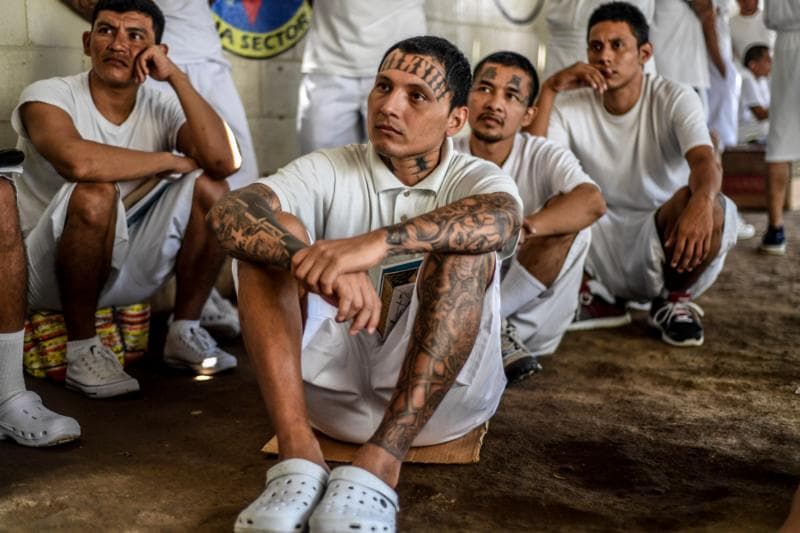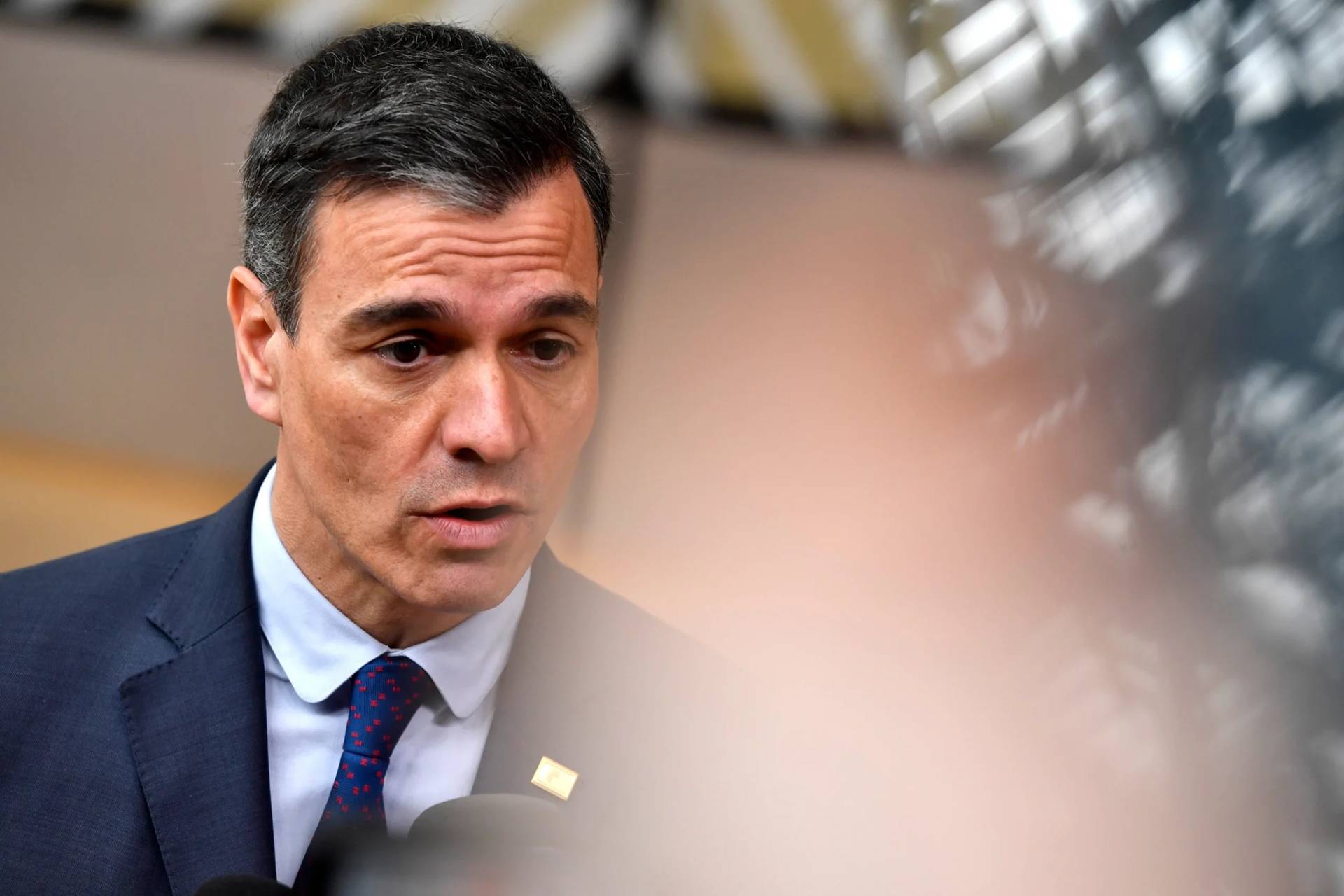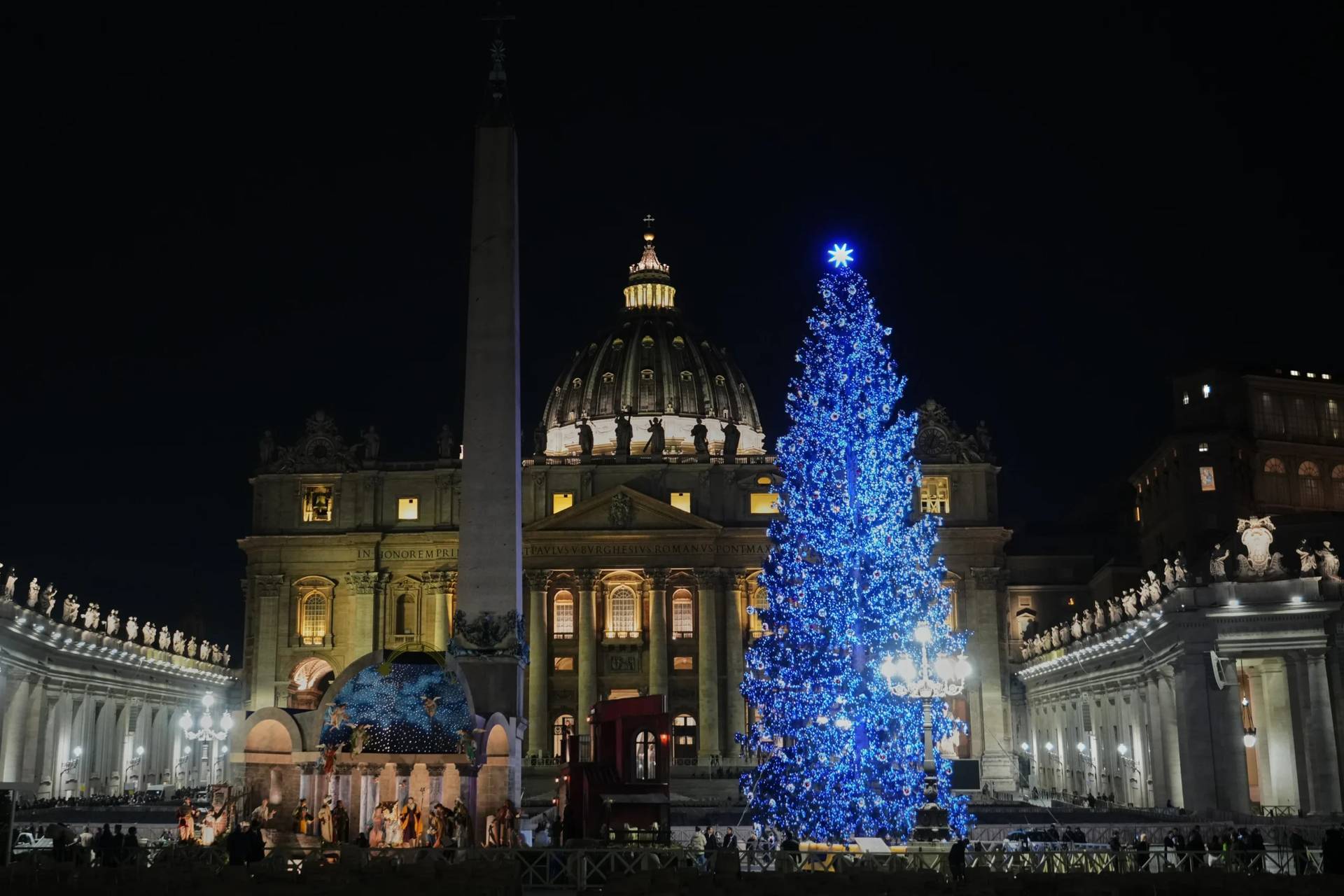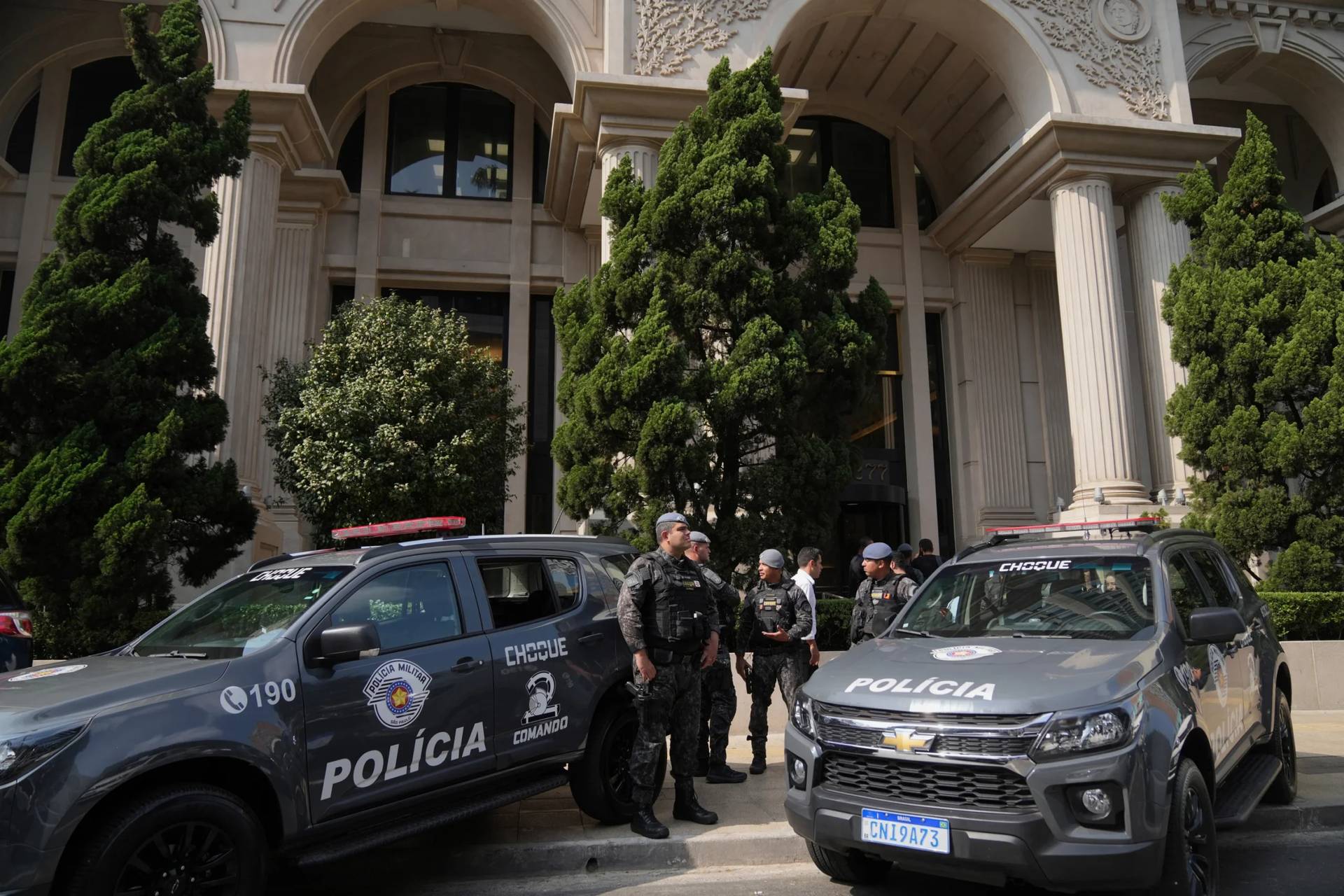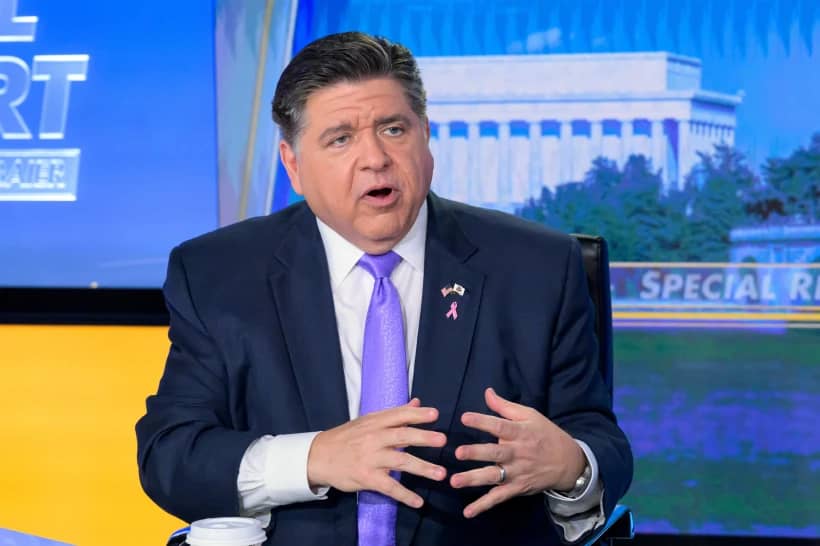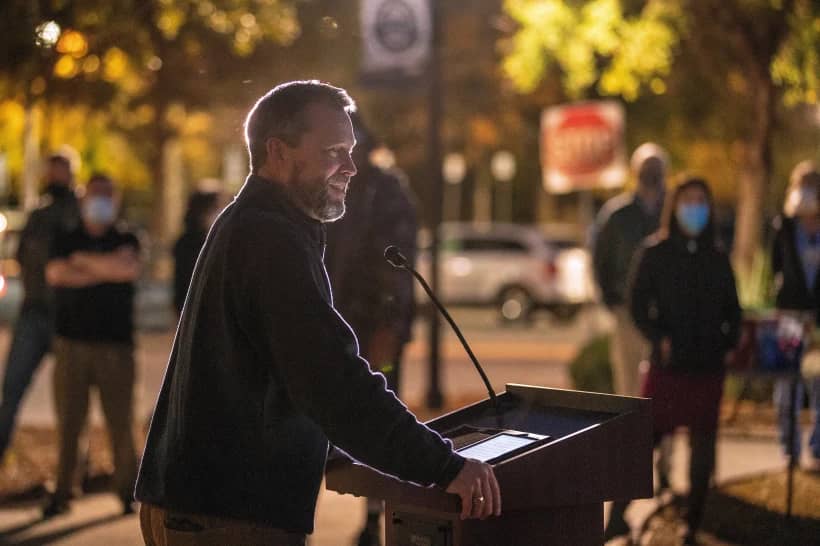DETROIT – Gang violence has been a central theme in immigration debates not only in the United States but globally, with U.S. President Donald Trump complaining about an “invasion” of migrant caravans acting as a front for criminal groups from Central America, including El Salvador, the homeland of St. Oscar Romero.
Trump has often pointed to Central American groups such as MS-13 and the 18th Street gang to support his strict immigration stance, including the separation of families at the border and his intention to build a wall between the U.S. and Mexico.
However, according to Peter Casarella, Associate Professor of Theology and Director of Latin American-North American Church Concerns at the University of Notre Dame (LANACC), the argument doesn’t hold water, since the gangs originated in the United States and only spread through Central America once members were deported.
“Some people today say we should be building walls to keep people out, but if anybody should be building walls it’s the Salvadorans,” Casarella said – who added that if Romero were alive today, none of this would escape his attention.
Casarella spoke to Crux during a March 18-20 conference at Notre Dame titled “Belonging: the Church of Romero and the Gangs,” which featured speakers from around the world, including Peruvian Father Gustavo Gutierrez, the founder of liberation theology.
Casarella said “the spiral of violence” caused by Central American gangs was largely spurred by El Salvador’s civil war, which lasted from 1980-1992, “when there was a kind of dispersion and alienation among youth.”
Major gangs such as the Mara Salvatrucha (MS-13) and the 18th Street Gang, who are infamously responsible for an epidemic of homicides in northern Central America, were born as a result, with many Salvadorans fleeing to the United States in search of asylum.
Most were denied and classified as undocumented immigrants, meaning there was a sharp increase in the number of Salvadorans entering the United States in the 1970s and 1980s without documents, settling mostly in cities such as Los Angeles.
Both the MS-13 and the 18th Street gangs began with small groups of undocumented immigrants, who, vulnerable to exploitation and racial persecution, sought to protect themselves from other rival groups such as the Mexican mafia, which eventually became an ally of the 18th Street gang.
“After the civil war, many people were displaced with no place to live and separated from their families,” he said, noting that “you had children separated from their families and not sure when they would be reunited.”
Referring to MS-13, Casarella said it was basically formed “in resistance to territorializing by the Mexican mafia.”
As the gangs began to morph into larger enterprises with more sophisticated operations, members who were arrested were deported to El Salvador, which until then had not seen significant gang activity.
According to Casarella, the post-civil war climate in El Salvador made the country a fertile recruiting ground, especially among youth, and the gangs expanded at an international level. Poverty and political instability, he said, compounded the problem.
Many of the young people who were deported did not speak Spanish as they were second-generation immigrants, he said, which also made them vulnerable.
Casarella’s conference was part of the LANACC department’s annual “Romero Days” event, which they have organized since 1987, and it explored how Salvadoran Saint Oscar Romero, who served as archbishop of San Salvador from 1977-1980, when he was murdered while saying Mass, would be responding to the problem today.
Describing Romero as “prophetic,” Casarella said he had been a leading advocate for freedom and justice who not only spoke out against the structures perceived as being root causes of poverty and violence, but he was a pastor who “walked alongside the people.”
Were Romero alive today, the gangs would likely be where most of his energies were devoted, he said, noting how Romero had penned a letter to his brother predicting that a new form of violence would arise following the civil war.
In his view, Casarella said he believes the gangs are part of this new wave of violence, and because of this, “there’s no way that the Archbishop of San Salvador could ignore the problem of the gangs.”
“It would be unthinkable that Romero, if he were alive today, could look the other way as someone who accompanied the people,” he said.
In terms of what role the Catholic Church can play in combatting gang violence, both in El Salvador and abroad, Casarella said it will be a “very slow process” that requires putting in the time.
“You have to go into the prisons…you have to be there, you have to allow people to tell their stories, often very painful stories, and that’s only the beginning of a longer road of healing,” he said, and recalled presentations from speakers who had used both poetry and hip-hop to engage young gangsters and put them on a different track.
When approaching the problem, both the renewal of the individual and the renewal of social and political structures must be addressed, Casarella said, adding that Romero “was already thinking about these two perspectives.”
“Anyone who wants to move forward, including the current episcopal conference in El Salvador, needs to continue doing that,” he said.
